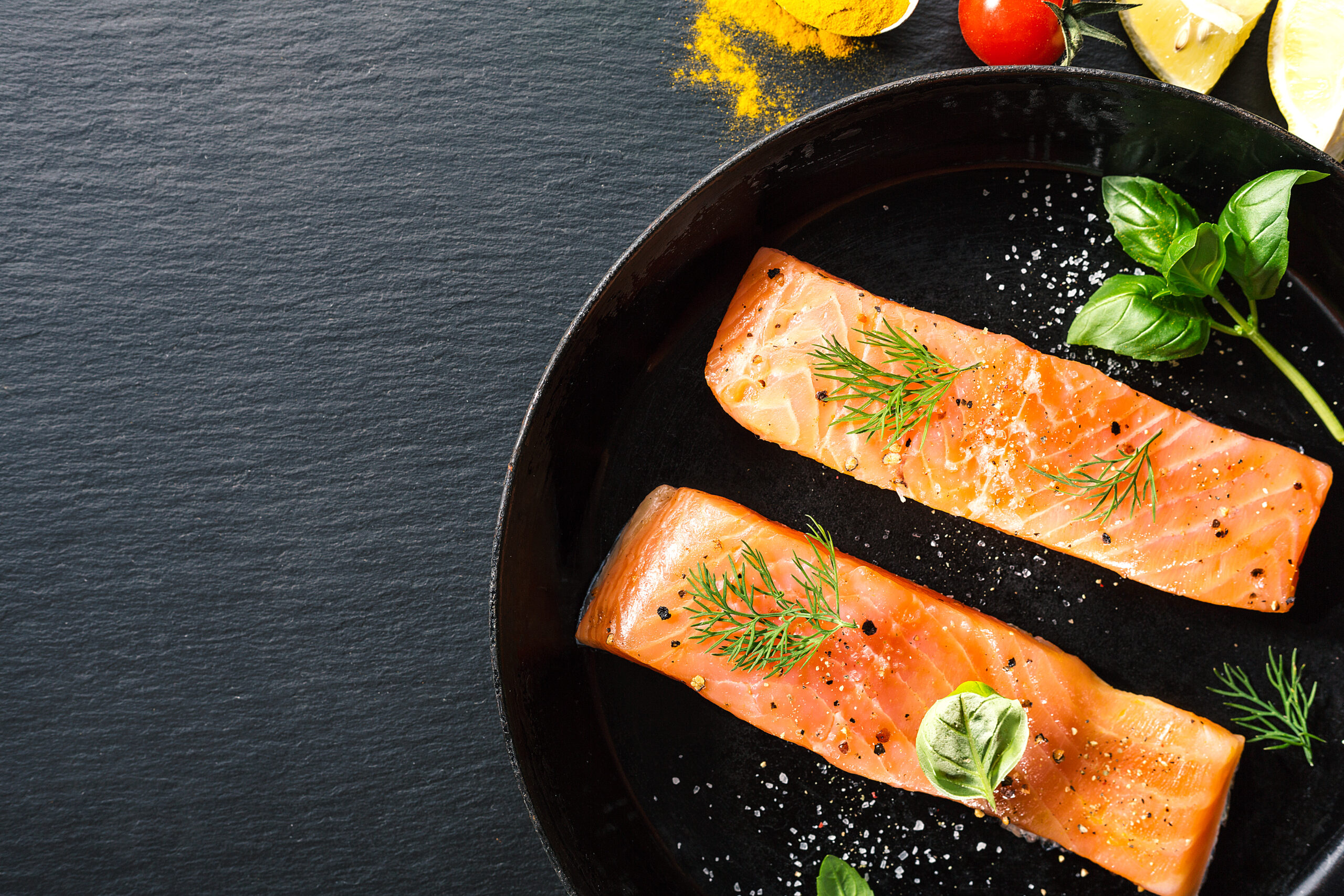- ACTIVITIES
20 Very Best Road Trip Games


Roasting salmon is a culinary delight that transforms this popular fish into a flavorful, succulent dish. Whether you’re a seasoned chef or a home cook, mastering how to roast salmon can elevate your dining experience. The process of roasting salmon is not only straightforward but also offers a myriad of possibilities for flavor enhancement, making it a versatile choice for any meal. This guide will provide you with the essential techniques, ingredients, and tips to ensure your roasted salmon is always perfectly cooked, moist, and full of flavor.
The key to a successful roasted salmon dish begins with selecting the right ingredients. Freshness is paramount, so always opt for high-quality salmon. Look for fillets with vibrant color and a slight sheen, indicating freshness. Wild-caught salmon is often preferred for its robust flavor and firmer texture.
These ingredients form the foundation of a classic roasted salmon, providing a subtle yet flavorful base that can be enhanced with additional spices or marinades.
Achieving perfectly flaky salmon requires attention to detail and a few simple techniques. The following steps will guide you through the process, ensuring your salmon is cooked to perfection every time.
Preheat your oven to 375°F (190°C). Place the salmon fillets on a baking sheet lined with parchment paper. Drizzle with olive oil or melted butter, then season generously with salt and pepper. Add lemon slices and fresh herbs on top for extra flavor.
Roast the salmon in the preheated oven for 12–15 minutes, depending on the thickness of the fillets. The salmon is done when it flakes easily with a fork and reaches an internal temperature of 145°F (63°C).
Marinating salmon before roasting can infuse the fish with additional flavors, taking your dish to the next level. Here are a few marinade options to consider:
Combine the juice of one lemon, 2 tablespoons of olive oil, 2 cloves of minced garlic, and a tablespoon of chopped fresh herbs. Marinate the salmon for at least 30 minutes before roasting.
Mix 3 tablespoons of maple syrup, 2 tablespoons of soy sauce, and a teaspoon of grated ginger. Let the salmon sit in this marinade for up to an hour.
Blend 2 tablespoons of sriracha, 1 tablespoon of honey, and 1 tablespoon of lime juice. Marinate the salmon for 20–30 minutes for a spicy kick.
Each of these marinades pairs well with simple sides like steamed asparagus, roasted potatoes, or a fresh green salad.
Roasting a whole salmon is an impressive way to showcase this fish, particularly for special occasions. The process is similar to roasting fillets but requires a few additional considerations.
Clean and scale the salmon, then stuff the cavity with lemon slices, fresh herbs, and garlic. Score the skin lightly to allow flavors to penetrate.
Place the salmon on a large baking tray and roast at 375°F (190°C) for 20 minutes per pound. Check for doneness by ensuring the flesh is opaque and flakes easily.

The cooking time for salmon varies depending on the cut and thickness. Here’s a quick reference guide:
Roasted salmon is versatile and pairs beautifully with a variety of side dishes. Consider serving it with:
Proper storage is essential to maintain the quality of leftover salmon. Allow the salmon to cool completely, then wrap it tightly in plastic wrap or store it in an airtight container. Refrigerate for up to 3 days.
Reheat salmon gently to avoid drying it out. Place the salmon in a baking dish, cover with foil, and warm in a preheated oven at 275°F (135°C) for about 15 minutes. Alternatively, use a microwave on a low setting, checking frequently to prevent overcooking.
With these comprehensive techniques and tips, you can confidently prepare roasted salmon that is delicious, moist, and perfectly cooked every time. Whether you’re cooking for yourself or hosting a dinner party, roasted salmon is sure to impress.